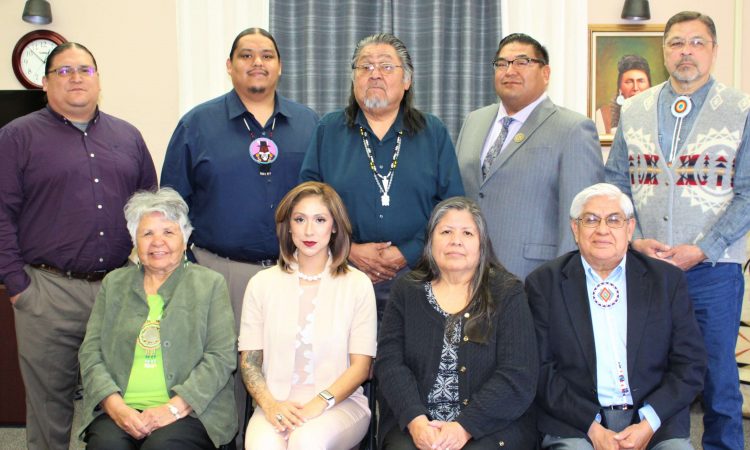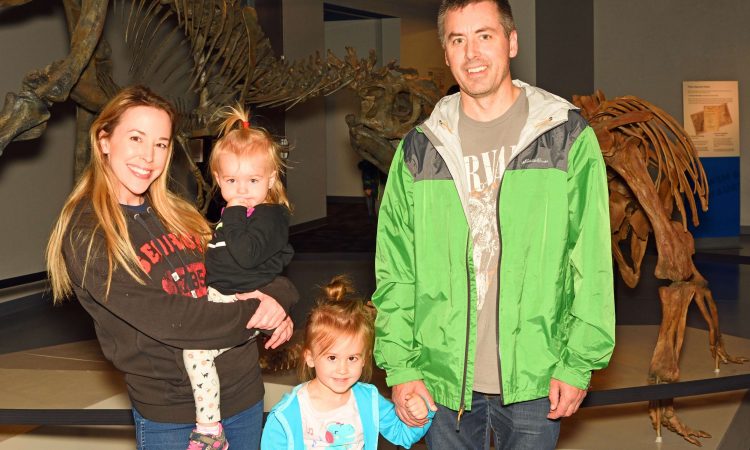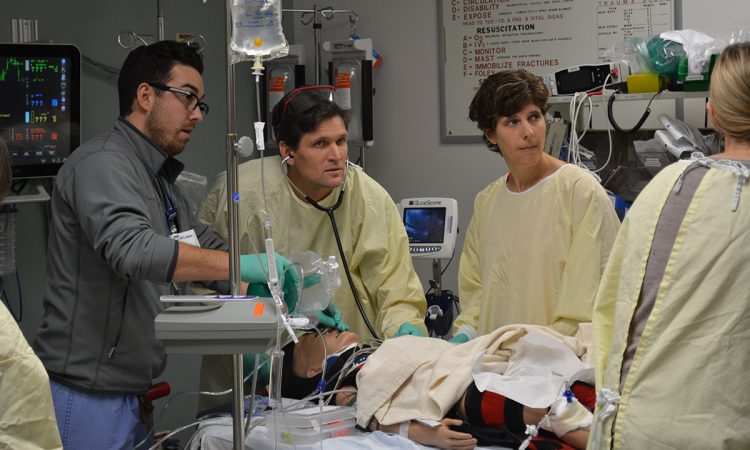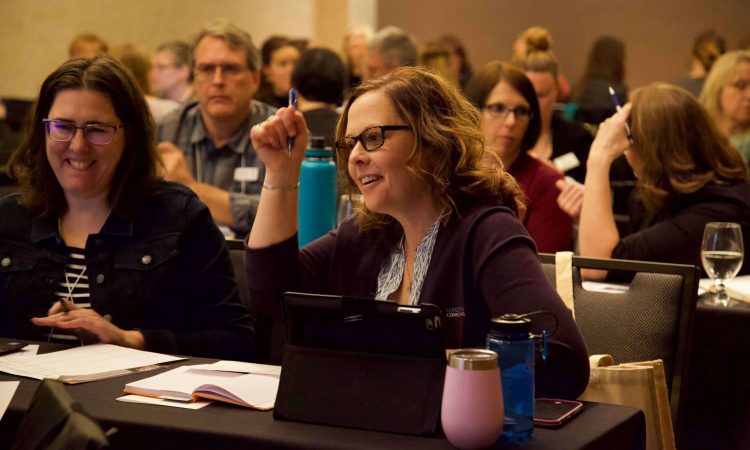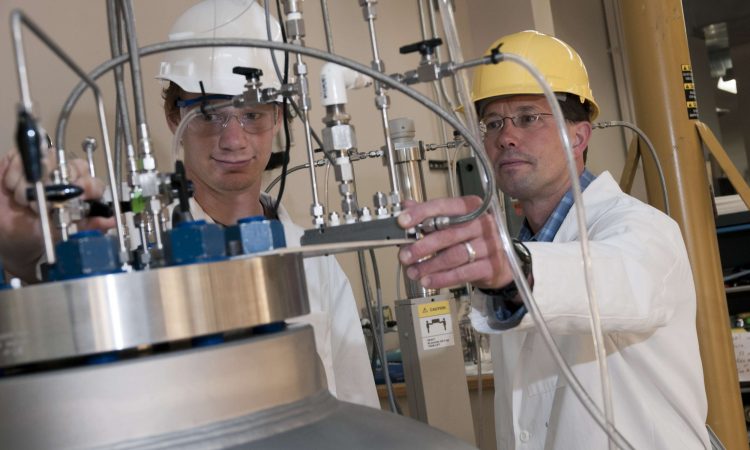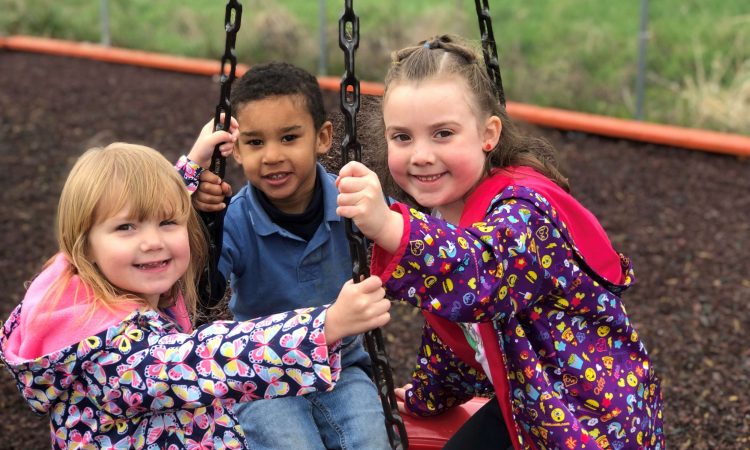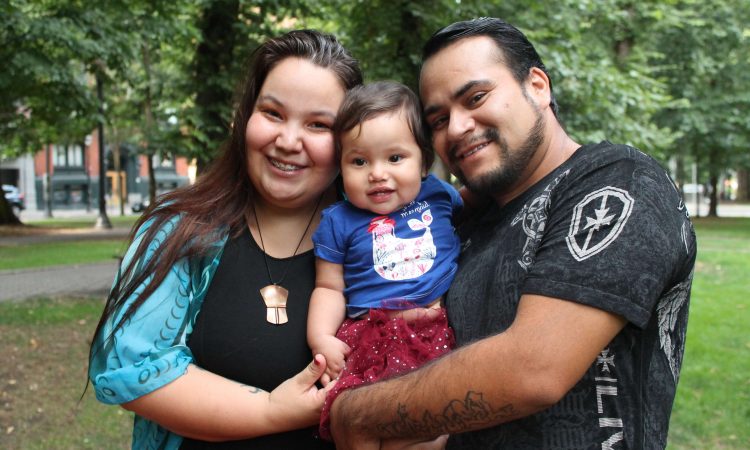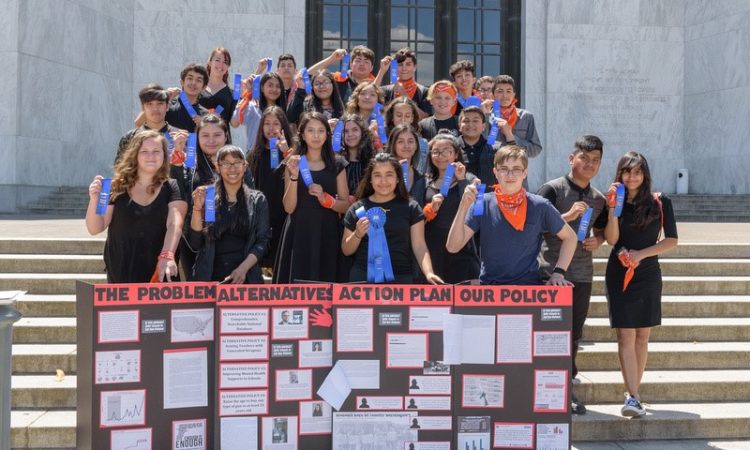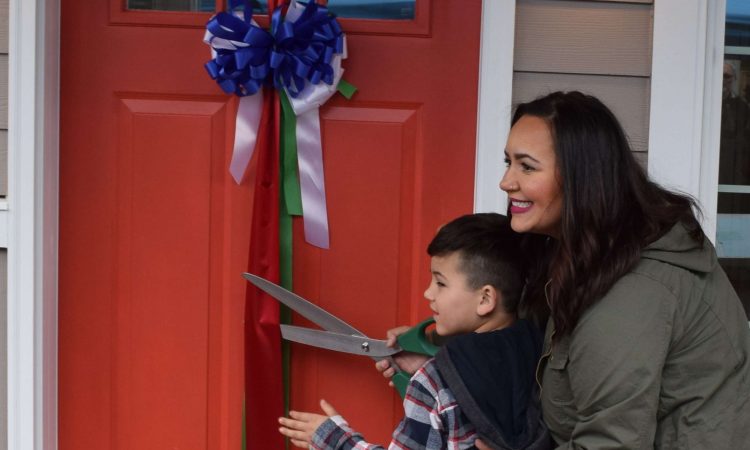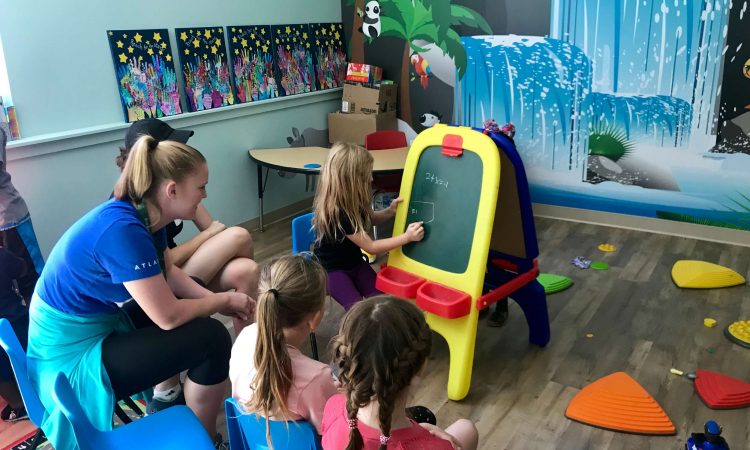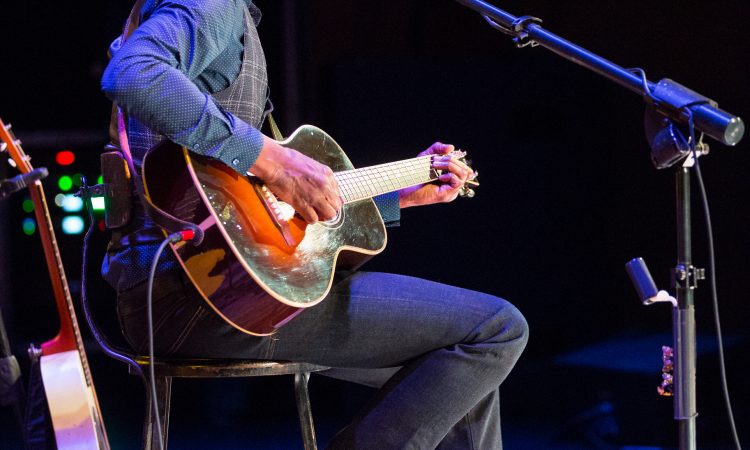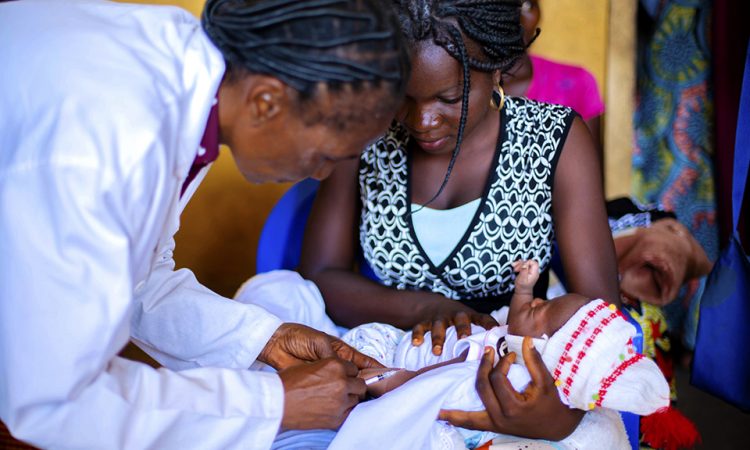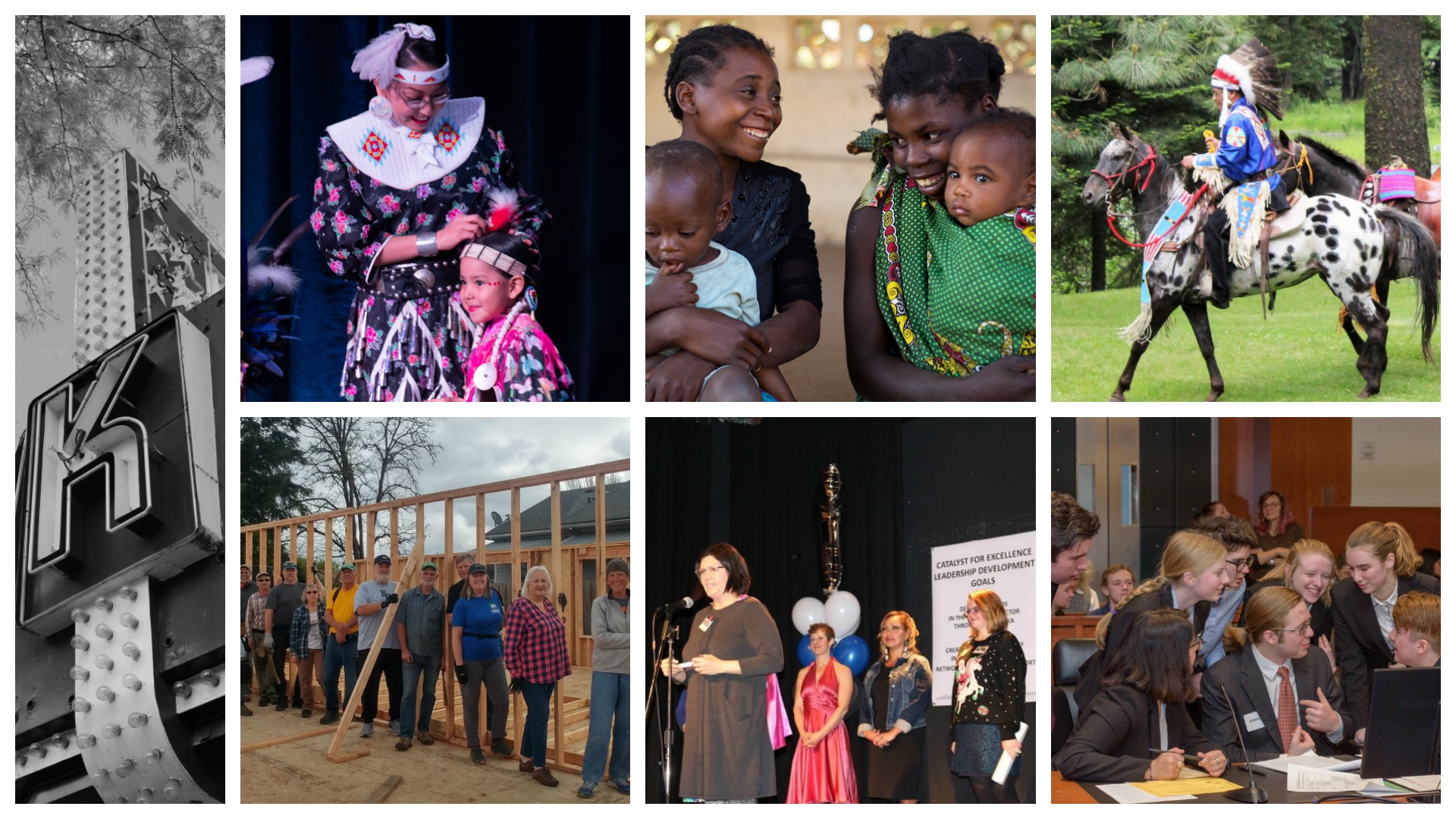
The conclusion of 2019 and the dawn of a new decade presents a unique moment for each of us, individually and within our organizations, to pause and reflect on the role we wish to play within our families, our communities and our region. As important as this season can be for strategic planning for our organizations, it is also an important season for thoughtful reflection as to how and where we can each give to support those helping serve the common good.
While all financial contributors play a critical role in the health of the nonprofit sector, individual donors and volunteers are far and away their most vital resource. Research by the Center for Effective Philanthropy shows that individual donors comprise 68% of all charitable giving. Unfortunately, that giving can be impacted by outside forces. For example, after setting record giving levels in 2017, individual gifts took a small step back in 2018 due to volatility in the stock market and tax reform as outlined in a report by Giving USA. In contrast, that same report highlights that contributions from foundations and corporate partners continued to grow in the same timeline.
These ebbs and flows in giving are common as we face new economic complexities year after year. However, this data also helps to underscore a key item highlighted in Philanthropy Northwest’s 2019 Trends Report: we must maintain an “ecosystem lens” when we approach our giving. For example, the 2019 Trends Report shows how one act of giving can connect with and spark another act of giving, noting that financial contributions from local funders can strengthen support by corporate funders. When we are strategic, thoughtful and collaborative, our dollars can go further and serve more good.
The entire Murdock Trust staff is grateful to have the opportunity to partner with the countless individuals, families, private foundations, community funders and corporate foundations that give generously throughout the year in support of the nonprofits serving our region. As 2019 drew to a close, we were pleased to see our Trustees approve 93 grants for thoughtful, capacity building projects totaling $18,741,900 bringing the total granted for 2019 to $66,260,743 (as a fun side note, this represents a record quarter and a record year of giving through the Trust’s 44-year history!). Since December 1975, 6,871 grants totaling $1,040,295,199 have been awarded to nonprofits serving Alaska, Idaho, Montana, Oregon and Washington. Please read on for a small sample of our most recent grantees.
May 2020 bring each of you prosperity, peace and joy. Thank you for all that you do to serve the common good of the Pacific Northwest!
Alaska
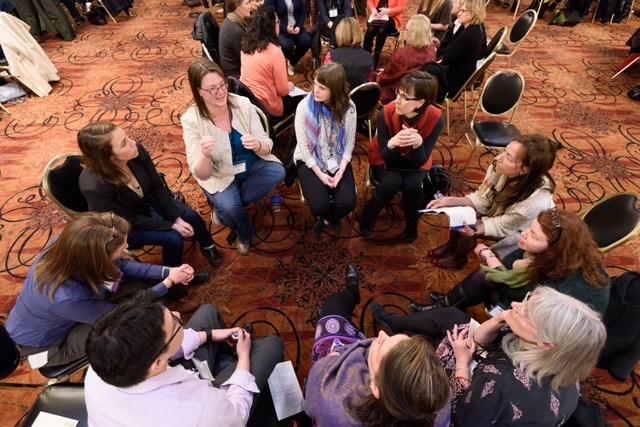
- Nonprofit organizations across the state of Alaska will receive increased support and resources following leadership capacity investments by Foraker Group.
Idaho
- The Idaho-based Nez Perce Tribe will expand their protection and restoration of aquatic resources and habitats, with a specific emphasis on Sockeye Salmon recovery, around the Northwest.
- Residents of Moscow, Idaho will enjoy a much more comfortable experience viewing the outstanding artistic and cultural work presented in the historic Kenworthy Performing Arts Centre as the facility replaces outdated seating and flooring.
- The Museum of Idaho will increase its educational offerings by expanding an exhibit that delves into the region’s rich cultural history, background and community.
- Rural residents in Idaho will gain increased access to medical care and resources following a significant facility expansion and renovation by St. Luke’s McCall.
Montana
- Nonprofit leaders throughout Montana will gain access to more resources and development support through program expansion by the Montana Nonprofit Association.
- The purchase of a Laser Ablation–Inductively Coupled Plasma–Mass Spectrometer by Montana State University Bozeman will help advance important environmental and microbiology research.
Oregon
- Infrastructure investments in a new satellite nursery will help the Old Mill Center for Children and Families provide increased support to families in crisis in rural South Benton County.
- Technology and staff investments by the National Indian Child Welfare Association will increase support for American Indian and Alaska Native children and families across the Northwest.
- Underserved populations across Oregon will receive increased, hand’s on educational programming through an expansion by the Classroom Law Project.
- Low-income families will gain increased access to permanent housing as West Tuality Habitat for Humanity conducts critical renovations to its ReStore location.
Washington
- New staff at Vine Maple Place will help Washington families break out of the generational cycle of homelessness and poverty through a holistic approach of support and service.
- Vital, natural watershed and working forests will be protected by a new land acquisition by the Columbia Land Trust.
- Performers and audience members alike will enjoy a dramatically improved experience at the Washington Center for the Performing Arts following technology and infrastructure updates.
- A newly-acquired high-resolution mass spectrometer will support critical research underway at the Institute for Systems Biology.
- Washington residents will retain a critical link to the region’s history through the preservation of the Stimson-Green Mansion by the Washington Trust for Historic Preservation.
- Communities in sub-Saharan Africa will receive increased health and medical services as VillageReach adds staff.


